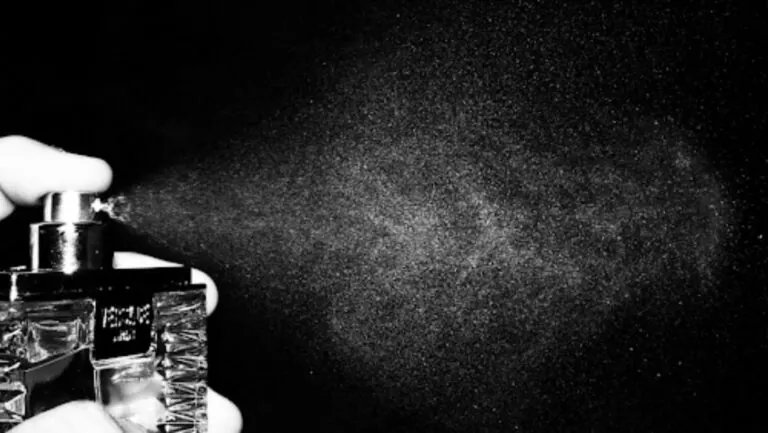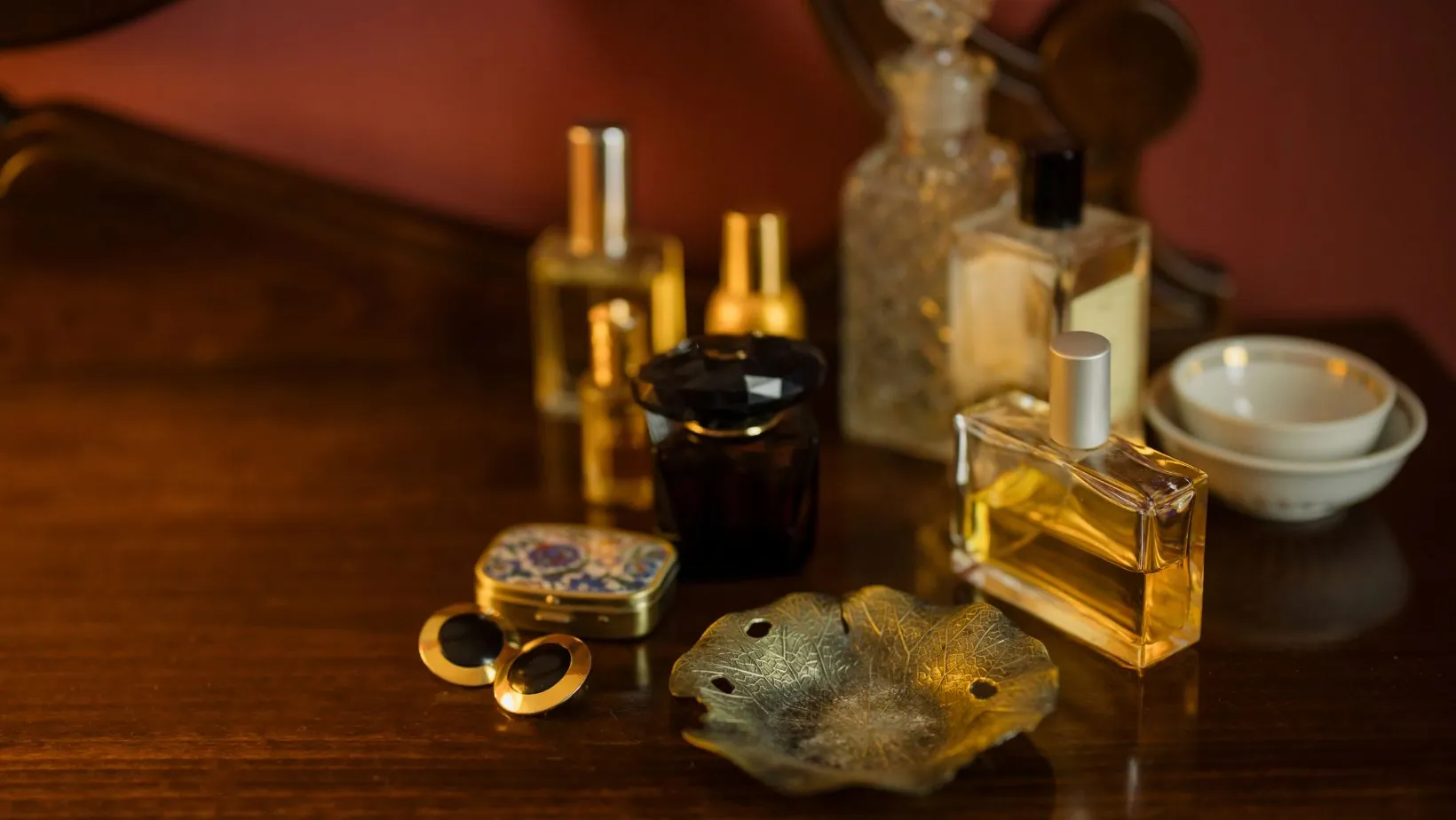The Allure of Arabian Scents
When you step into a perfume shop in Paris, London, or New York today, you’ll notice an unmistakable presence – rows of ornate bottles containing fragrances that trace their heritage back to ancient Arabian traditions. These liquid poems, as many enthusiasts call them, have transformed from regional treasures into global phenomena, captivating perfume lovers across continents.
Ancient Roots: The Foundation of Arabian Perfumery
The narrative of Arabic perfumes unfolds in the sprawling deserts and hidden oases of the Arabian Peninsula. While European perfumery was still in its infancy, Arab perfumers had already mastered the intricate art of capturing essences from nature’s most precious materials. These master craftsmen worked with rare ingredients like agarwood (oud), frankincense, and myrrh, creating compositions that served both spiritual and social purposes.
The Bold Character: A Signature Style
What Makes Arabic Perfumes Stand Apart:
- Intense and lasting fragrances that make a statement
- Complex layering techniques passed down through generations
- Unique oil-based formulations that create personal scent signatures
- Traditional ingredients with contemporary appeal
The Crown Jewel: Understanding Oud
The legendary oud deserves special attention in any discussion of Arabic perfumes. This precious ingredient, often called “liquid gold,” takes decades to form naturally. A single bottle of pure oud oil might cost as much as a luxury car, yet devoted fragrance enthusiasts consider it a worthy investment. Its deep, complex aroma contains multitudes – from sweet to woody, from animalistic to medicinal.
Modern Evolution: Arabic Perfumes in Contemporary Culture
The Global Impact: Today’s perfume shops showcase an impressive array of Arabic-inspired fragrances, reflecting a growing appreciation for these distinctive scents. The appeal extends beyond the fragrances themselves – it encompasses an entire philosophy of scent creation and wearing.
Composition Techniques: Unlike Western perfumes that typically follow the pyramid structure (top, heart, and base notes), Arabic perfumes often create powerful singular accords that slowly transform on the skin. This technique results in fragrances that can last for days rather than hours.
The Art of Application: A Mindful Ritual
Traditional Application Methods:
- Strategic placement on pulse points
- Layering different fragrances to create signature combinations
- Using hair as a natural diffuser
- Understanding heat’s role in scent development
Social Media and Cultural Exchange
The digital age has accelerated the appreciation of Arabic perfumes globally. Social media platforms have become virtual gathering spaces where fragrance enthusiasts share their discoveries, creating vibrant communities around these scents.
Every major perfume shop now has its online presence, where customers discuss everything from oud varieties to layering techniques.
Sustainability and Tradition
Environmental Consciousness: Traditional Arabic perfumery’s approach to sustainability includes:
- Careful harvesting of natural materials
- Focus on quality over quantity
- Minimal waste packaging
- Sustainable farming practices for ingredients
Innovation Meets Heritage
What’s remarkable about Arabic perfumes is their ability to maintain cultural authenticity while embracing modern innovations. Rather than compromising their character for mass appeal, they’ve invited the global market to appreciate their genuine nature.
The Future of Arabic Perfumery
Emerging Trends:
- Fusion of traditional ingredients with modern molecules
- Sustainable sourcing practices
- Digital customization options
- Enhanced focus on education and appreciation
Creating Your Own Arabian Scent Journey
Tips for Newcomers:
- Start with lighter oud-based fragrances
- Visit specialized perfume shop locations
- Learn about ingredient interactions
- Experiment with layering techniques
- Take time to understand how scents develop on your skin
A Timeless Legacy
Arabic perfumes represent more than just fragrances – they’re cultural ambassadors that bridge past and present. Their growing popularity proves that authentic traditions can thrive in the modern market when they stay true to their roots while embracing innovation.
For those beginning their fragrance journey, Arabic perfumes offer an invitation to experience scent in a new way. They remind us that some pleasures in life should be savored slowly, and that true luxury lies in the appreciation of craftsmanship, tradition, and personal expression.
Whether you’re a seasoned fragrance collector or a curious newcomer, the story of Arabic perfumes continues to unfold, one precious drop at a time.



